Finding new ideas for recipes can sometimes take doing a little research. Do you love crab and want to see if an Atlantic sand crab can make its way into your kitchen but don't know if they're edible? What does an Atlantic sand crab taste like?
We've done plenty of research and have these answers below.
Yes! You can certainly prepare and enjoy an Atlantic sand crab. On top of that, this type of crab is very tasty and takes on any flavor you season it with, making it perfect for all kinds of recipes.
Some chefs also use Atlantic sand crabs to make soup stock, so this crustation has endless possibilities.
As we begin, we will cover all things Atlantic sand crabs and discuss how you can prepare one. Whether you want to make a crab dinner, want to know where to buy Atlantic sand crabs, or have other questions, we're here to assist. With that said, let's dive right into this topic!
![Atlantic ghost crab at Doc Let beach in Vietnam, Can You Eat Atlantic Sand Crab? [Yes! Here's How To Prepare It!]](https://kitchenseer.com/wp-content/uploads/2022/10/19.-CAN-YOU-EAT-ATLANTIC-SAND-CRAB-YES-HERE_S-HOW-TO-PREPARE-IT.jpg)
Are Atlantic Sand Crabs Safe To Eat?
Yes, it is generally safe to consume an Atlantic sand crab. Considering these crustations are among the smaller ones in the sea, many people aren't aware that they are edible.
Furthermore, Atlantic sand crabs also go by the name 'mole crabs,' so you've likely seen or heard of these before without realizing them. With that said, you want to be careful with eating Atlantic sand crabs because they are more susceptible to parasites.
Therefore, you want to make sure the crabs you buy or catch come from clean water. If you consume a crab with parasites, they will enter your body, which can introduce adverse side effects.
On top of that, it's not worth it to try and eat smaller Atlantic sand crabs, so if you can, aim for larger, juicier-looking options.
How Do You Cook Atlantic Sand Crabs?
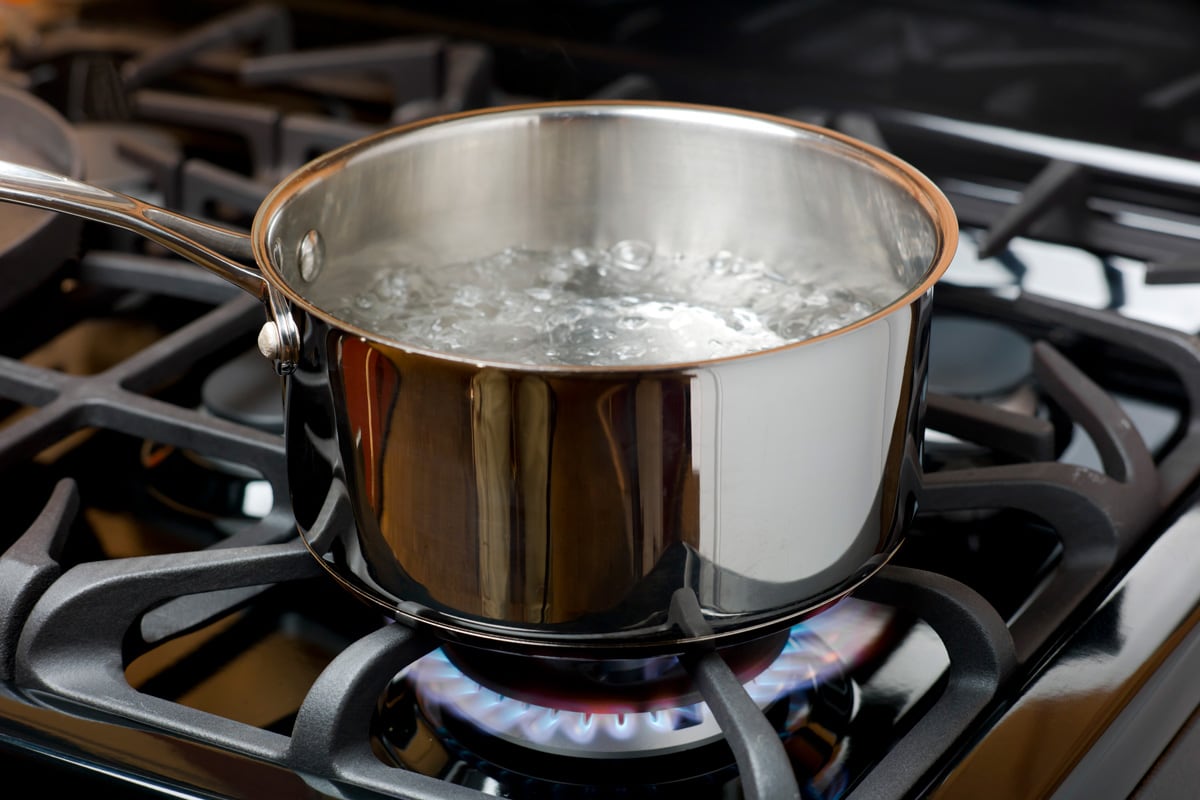
For those of you who want to cook an Atlantic sand crab, this won't be too difficult. According to experts, you want to start by:
- Grabbing a pair of tongs
- Holding your crabs with the tongs under running water
- Place the crabs in the freezer for ten minutes to stun them
- Fill a stockpot 3/4 with water and bring it to a boil
- Place your sand crabs in the water and boil for ten minutes
- Using tongs, remove your crabs from the boiling water
- Let them cool, and then twist the tail portion of your crab
- Pry off the sand crab's shell with a seafood pick
- Remove the gills and anything that doesn't look like white meat
- Twist off the claws, crack them with a nutcracker, and get the meat
- Cut your crab halfway (length) with a sharp knife.
- Add your seasoning and enjoy!
Of course, if you want to create a sandwich or use your crab meat with an additional protein, you can certainly do this. The main thing you want to remember here is to check your seafood for parasites and boil it accordingly.
It's also a good idea to follow our rinsing, freezing, and boiling techniques, as this will be less harmful to your crab. Although the critter will be dinner soon, it still deserves respect and care leading up to it.
How Long Does It Take To Cook A Sand Crab?
It takes around seven minutes to cook an Atlantic sand crab properly. Once you have your boiling water going, you can drop your crabs into the pot and allow them to cook for 7-10 minutes.
Of course, you want enough heat to kill them instantly to avoid this being a long, drawn-out situation. Moreover, we recommend using tongs for handling your crabs to prevent yourself from getting a burn.
It's vital to cook a crab all the way through, as this can kill bacteria. According to the CDC, eating uncooked or partially cooked crabs/seafood with parasites can lead to Paragonimus, essentially the parasites entering your body and making you sick.
The larval stages of a crab are released as the uncooked seafood enters your body, making you the new host. So, if that doesn't encourage you to keep the water hot and your food cooking for at least seven minutes, we don't know what will.
Does Cooking Kill Parasites?
Yes. Cooking your crabs or food to around 165 degrees Fahrenheit will generally kill any parasites. Again, your Atlantic sand crabs may have parasites if they come from unclean water.
On the other hand, if you source your crabs from clean ecosystems, they shouldn't be infected. Regardless, we recommend cleaning and thoroughly cooking your seafood.
This applies to any meat or fish, as you don't always know their health. In addition, you may even be able to see parasites in your crab while you prepare it for boiling, so that's both horrifying and something to keep in mind.
What Kind Of Crab Do People Usually Eat?
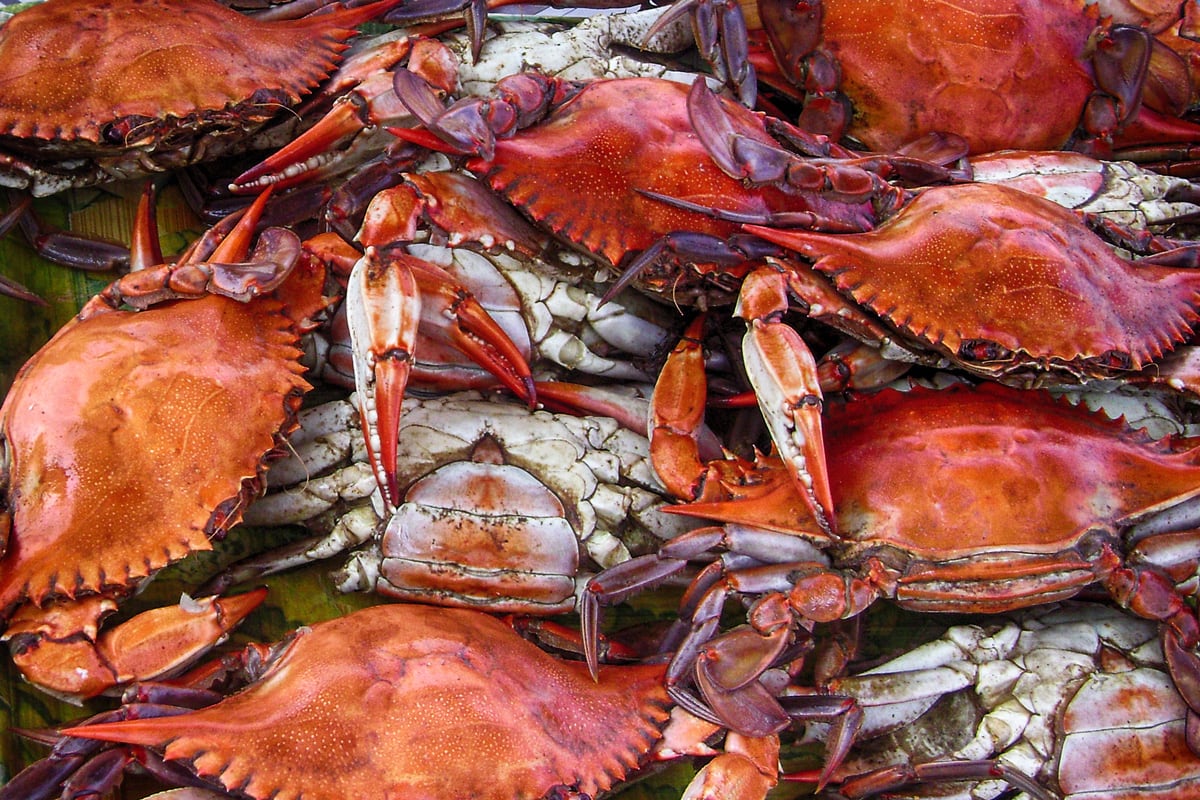
You will typically see larger crabs on menus at your favorite restaurant or grocery store. A few more popular/common crab varieties we found include:
- Dungeness Crabs
- King Crabs (the largest edible crab species)
- Stone Crabs
- Snow Crabs
- Peekytoe Crabs
- Blue Crabs
So you can see how Atlantic sand crabs aren't super popular among crab eaters. As we said, many of us overlook this species, as they are smaller and can be filled with parasites.
Of course, you don't always need to find a giant crab to make a tasty meal, so this comes down to the recipe and your preferences. Regardless, we encourage you to try and purchase seafood from local markets and those who take sustainability and cleanliness seriously.
Furthermore, Atlantic sand crabs respond well to seasoning and often work as great additions to other crab-based meals, so don't count them out quite yet!
Are All Crabs Edible?
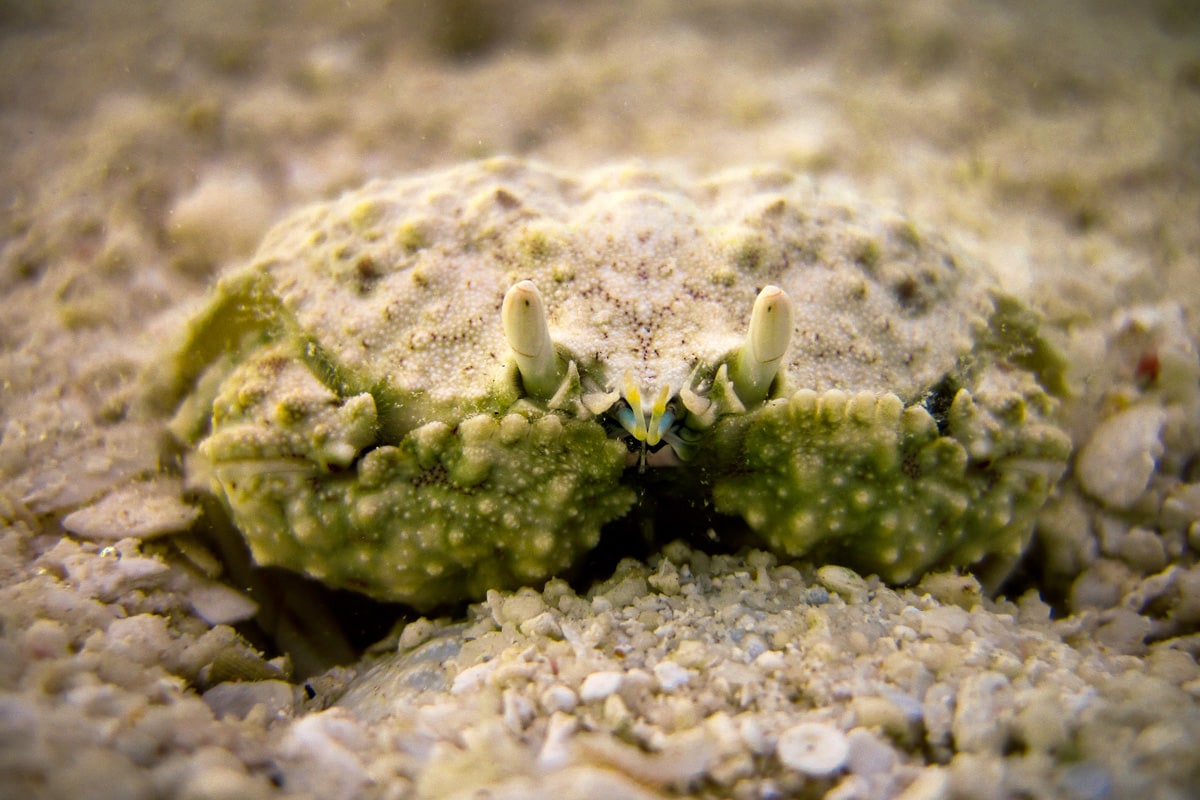
No. Unfortunately, not every crab you see in the ocean is edible. You generally want to stick to eating and to cook the crabs we covered above, as they are the safest.
However, there are some exceptions, like the Atlantic sand crab, but you need to be careful.
In contrast, there are some crab species you can't eat. These include:
- Toxic Reef Crabs
- Xanthidae Crabs (the family)
- Emerald Crabs
- Mosiac Reef Crabs
- Red Egg Crabs
- Floral Egg Crabs
Consuming any of these crab varieties can result in severe poisoning and even death. Most notably, the Xanithidae crab family hosts various toxic crustations, so if you see that name attached, run in the other direction.
Again, you aren't going to see these crabs in the seafood aisle or at a restaurant, so there's not usually any reason to be on high alert.
Where Can I Get Atlantic Sand Crabs?

You can find Atlantic sand crabs at some stores and also by going to the beach.
Like their name gives away, Atlantic sand crabs are typically found along the east coast, mainly throughout Rhode Island, Massachusets, northern Virginia beaches, the Outer Banks of North Carolina to Santa Catarina, Brazil: and even through Bermuda.
Once you're at the beach, you want to look for where the water meets the sand. This is right where many of us stay anyways while enjoying the beach, so finding an Atlantic sand crab won't be too challenging.
With that said, not all Atlantic sand crabs are worth bringing home. Remember, some (if not most) of these crabs will be very small, which won't be helpful for cooking.
Is There A Season For Sand Crabs?
Yes! Like many sources of food, sand crabs also follow a seasonal migration pattern. Typically, you will see the most sand crabs from spring through early fall.
Therefore, if you want to catch a few, we recommend heading to the beach before winter arrives. This is because Atlantic sand/ghost crabs tend to go away once the water temperatures drop and the current becomes more aggressive.
However, you can still find sand crabs along low-lying sandbars offshore in wintertime. Many fishermen/women use sand crabs as bait for larger fish, so that's another way to utilize them.
So, Atlantic sand crabs work for many purposes and deserve more credit!
Is Eating Crab Good For You?
Yes! Crab (regardless of species) is packed with protein. One of the main benefits of consuming foods with high protein levels is that it helps with muscle growth and development.
Crab also contains high levels of omega-3 fatty acids, vitamin B12, and selenium. All these can help keep you healthy and even lessen the adverse effects of chronic illnesses.
So, eating a crab once a week won't hurt. According to WebMD, one serving of crab likely contains:
- 97 calories
- 21 grams of protein
- Less than one gram of fat
- Zero carbohydrates
- Zero grams of fiber
- No sugar
However, many people make the mistake of drenching their crab legs or meat in butter, which can defeat the purpose of keeping things healthy. Therefore, take it easy with the additional seasoning if you want to eat crab as a healthy protein source.
If not, you can use all of the butter you want!
To Finish It Up
Whether you love eating and preparing crab or recently got into it, it's always good to know which species are safe to consume. We found that you can certainly eat Atlantic sand crabs, although they can be small and are susceptible to parasites.
Therefore, it's good to find Atlantic sand crabs in clean waters and cook them well. We recommend boiling your crabs for 7-10 minutes to prevent parasites from entering your body.
On top of that, eating crab can be a great source of protein and essential vitamins, so the next time you want to prepare one for yourself, don't feel guilty!
Made it to the end? Check out these helpful related cooking posts below:
What Sides Go With Smothered Chicken? [14 Delicious Dishes To Try!]
How Long Can You Leave Shrimp Out [Raw And Cooked]
How Long To Cook Salmon In Pan On Stove

![A spicy salad horseshoe crab egg with lettuce in white dish on table, Can You Eat Horseshoe Crab? [Tips & Recipe]](https://kitchenseer.com/wp-content/uploads/2022/11/Spicy-salad-horseshoe-crab-egg-with-lettuce-in-white-dish-on-table-250x250.jpg)
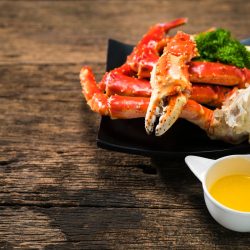

![Galician barnacles on a layer of ice and an ocher, Can You Eat Barnacles? [& How To Prepare Them]](https://kitchenseer.com/wp-content/uploads/2022/10/Galician-barnacles-on-a-layer-of-ice-and-an-ocher-250x250.jpg)
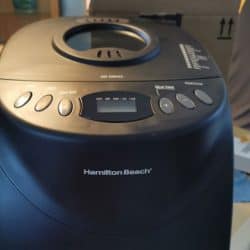
![Portrait of a dying Black Drum fish caught with a hook where the line, lead and some blood can be seen. - Can You Eat A Black Drum Fish? [Yes! Here's How To Prepare It!]](https://kitchenseer.com/wp-content/uploads/2022/10/Portrait-of-a-dying-Black-Drum-fish-caught-with-a-hook-where-the-line-lead-and-some-blood-can-be-seen.-Can-You-Eat-A-Black-Drum-Fish-Ye-250x250.jpg)